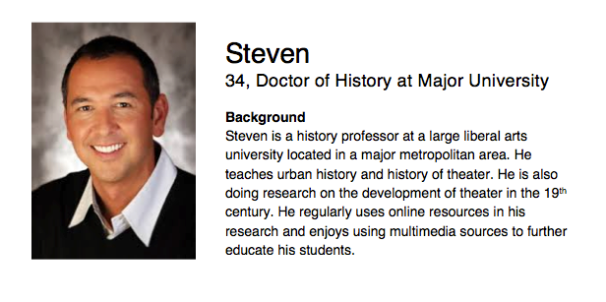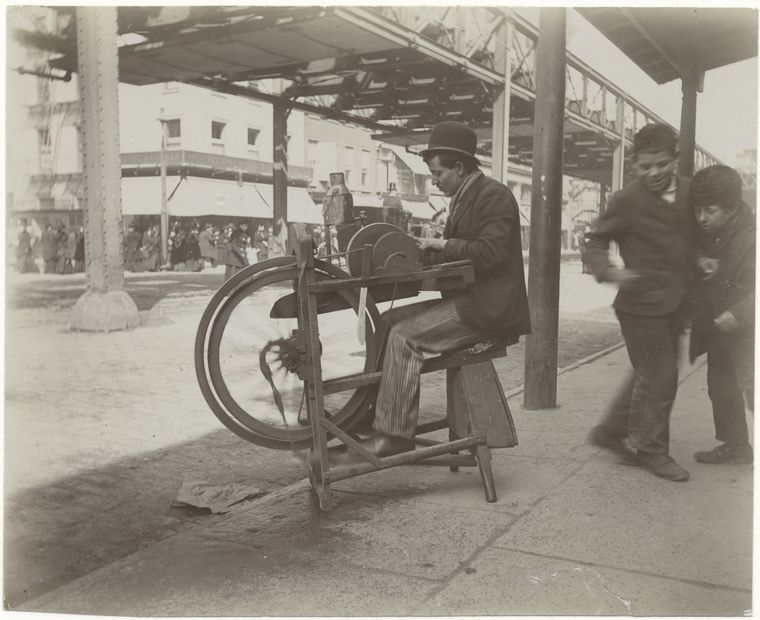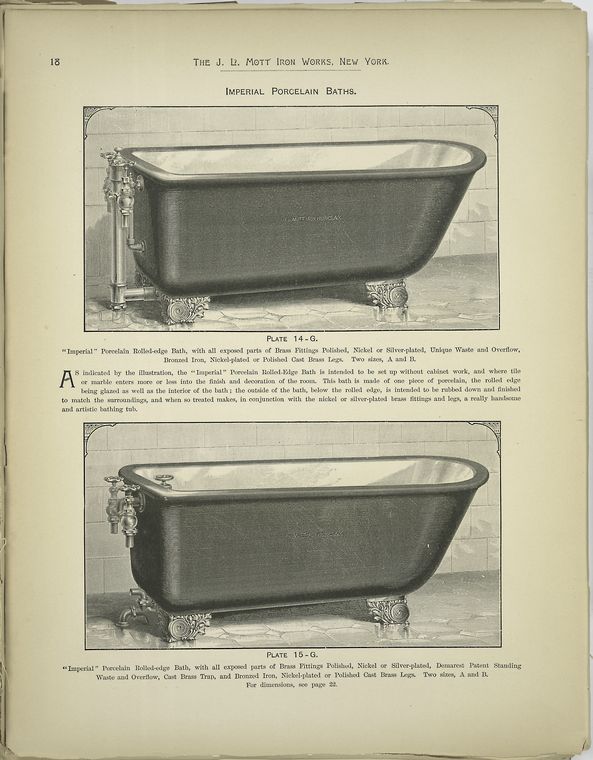Last semester I took HIST 291, which focused on historiography of 20th century French works. This assignment brought me back to that class. I’d like to thank Dr. Schloesser for all the great things he taught me last semester, most importantly how to read while not actually reading.
The Wikipedia article “Centennial Exposition” argues that the Centennial International Exposition of 1876 was the first official world’s fair. This article discusses cultural, technological, and urban history about a large gathering in the city of Philadelphia, which exhibited advancements in technology and the arts. Hosted in Fairmount Park, the Exposition was designed to be a celebration of the 100th anniversary of the signing of the Declaration of Independence. As this is a Wikipedia article, it was edited by multiple authors (in this case, users of Wikipedia). The last edit was made on January 26, 2013.

Opening day ceremonies at the Centennial Exhibition
Sources are one of the most important aspects of an article or book when doing a historiography. Through sources the reader can tell if the authors provided a bias source of information, from only one point of view. (e.g. A book on how socialism effected history only used socialist sources.) The reader can also see what time period the author gained his or her information from; different time periods provide different prospectives on history. (e.g. Present day writers look at women much differently than authors in the 1970s.) I was surprised to find that this article did not make use of any newspapers articles from the time. As a public event, a world’s fair, there had to have been several newspaper articles about the events of the day. The sources used by the various authors are books – from both present day and the 19th century. Books on Philadelphia’s history are used multiple times by the authors: Philadelphia: A 300 Year History by Nicholas Wainwright and Philadelphia’s 1876 Centennial Exhibition by Linda Gross are two titles used. Both of these titles are modern publications (1982 and 2005, respectively). A Century After, picturesque glimpses of Philadelphia and Pennsylvania, edited by Edward Strahan, was one of only a few books fromt he 19th century used for this article (published in 1875).
The section titled “Planning” argues that the financial planning of the Centennial Exposition was difficult at first, but became easier as the Exposition gained support from members of the community. After planners of the Exposition gained support from large contributors to the community, like the Franklin Institute and the Philadelphia City Council, more individuals came forward to show their support. Individuals helped to raise money for the Centennial Exposition, and small-businesses contributed what they could. On a side note, it took around five years to plan for the Centennial Exposition.
The section titled “Structures” argues that planning fo the structural elements of the Centennial Exposition did not go as originally planned. Originally, it was intended for a design competition to take place in order for several buildings to be designed to hold exhibition sites and events. When commissioners realized none of the finalists provided a sufficient plan, they called upon a Philadelphian duo of an architect and engineer. In total, 200 buildings were constructed on the grounds of Fairmount Park to house the Exposition. However, today the only two remaning buildings are the Ohio House and Memorial Hall.

The Ohio House

Memorial Hall
The section titled “Exposition” argues that the Centennial Exposition successfully drew visitors despite changes in scheduling and weather. The Exposition was open from May to November of 1876 and drew a total of 10,164,489 visitors. Big name stars like President Ulysses Grant and Brazilian Emperor Dom Pedro attended. The day with the highest attendance was Pennsylvania Day, a day which celebrated the 100th anniversary of the Pennsylvania Constitution of 1776.
The section titled “Exhibits” argues that the exhibits at the Exposition were designed to show off the industrial power of the United States, introduce new technologies, as well as Celebrate the United States Centennial. The Corliss Steam Engine was one new technology that was introduced at the Exposition of 1876, as well as Alexander Graham Bell’s telephone. The right arm and torch of the Statue of Liberty were also on display to vistors of the Exposition.

The interior of the main exhibition building
I enjoy using Wikipedia as a starting point for papers and projects when I have no idea about a topic. If I was doing a project on the Centennial Exposition, I think this article would provide me with a lot of great starting information. This article gave many names of people involved in planning that I could go do research on individually. One thing I cannot comment on is the accuracy of this article, as I have no past information on the Centennial Exposition. If the information is wrong, the authors did a great job of tricking me! To conclude, the Wikipedia article on the Centennial Exposition of 1876 provides an overview of the purpose of the event, planning, and exhibits showed. Although the sources from the 19th century could have been more extensively used, the authors of the article did a good job providing a cultural, technological and urban history.




 The red icons indicate records of African Americans and the blue icons indicate records of whites. I find it interesting that the whites stay centralized in the heart of Harlem, while African Americans are concentrated in Harlem and further South. By further comparing locations of churches, entertainment, and income of areas it may be possible to find out why the stratification occurred.
The red icons indicate records of African Americans and the blue icons indicate records of whites. I find it interesting that the whites stay centralized in the heart of Harlem, while African Americans are concentrated in Harlem and further South. By further comparing locations of churches, entertainment, and income of areas it may be possible to find out why the stratification occurred.












